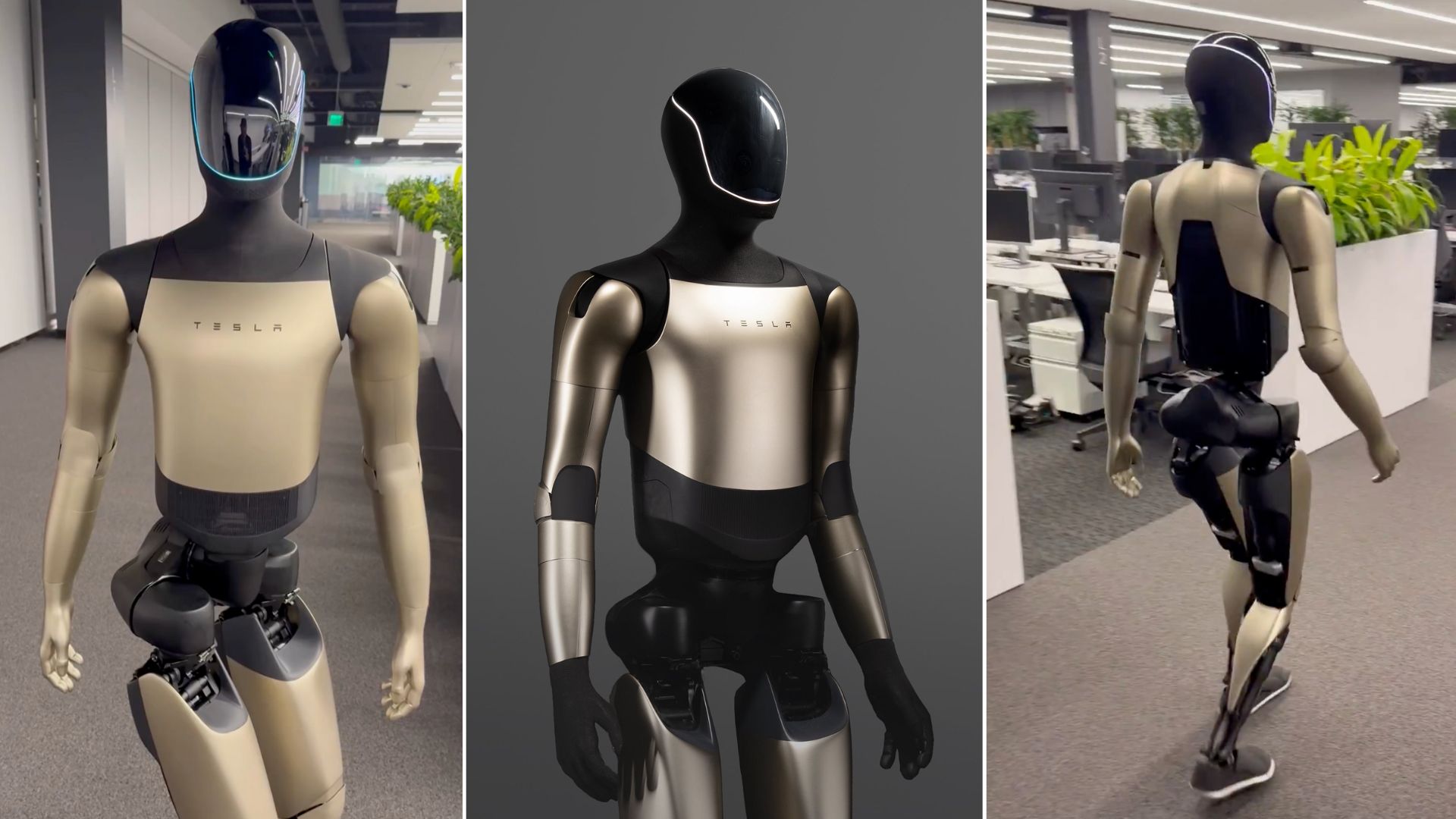
Tesla's Optimus Robot: Navigating the Complexities of Humanoid Development
The development of Tesla's Optimus humanoid robot represents a significant leap in robotics, promising to revolutionize labor and daily life. However, as with any ambitious technological endeavor, the path forward is fraught with challenges. This post explores some of the key hurdles Optimus faces as it transitions from concept to widespread application.
Achieving Dexterity and Fine Motor Skills
One of the most formidable challenges in creating a functional humanoid robot lies in replicating human dexterity. Optimus, like other advanced robots, needs to perform tasks requiring fine motor control, such as manipulating small objects, intricate assembly, or even simple everyday actions like buttoning a shirt.
- Grasp Proficiency: Developing a grip that can both securely hold heavy objects and delicately handle fragile ones is incredibly complex. This requires sophisticated sensors, advanced actuators, and intelligent control algorithms.
- Proprioception and Feedback: Robots need to "know" where their limbs are in space and how much force they are applying. Replicating human proprioception to enable precise movements without constant visual feedback is a major area of research and development.
- Adaptability to Unstructured Environments: Human environments are inherently unpredictable. Optimus must be able to adapt its movements and manipulation strategies on the fly to account for variations in object shape, texture, and placement, something that remains a significant challenge for even the most advanced AI.
Safety and Human-Robot Interaction
For a humanoid robot designed to work alongside humans, safety is paramount. Ensuring that Optimus can operate without posing a risk to people is a critical and ongoing concern.
- Collision Avoidance: Proactive and reactive collision detection and avoidance systems are essential. This includes understanding human movement patterns and predicting potential interactions to prevent accidents.
- Force Control and Responsiveness: The robot must be able to exert appropriate force and react quickly to unexpected human presence or movements. This requires robust safety protocols and the ability to instantaneously halt or alter motion.
- Ethical Considerations: Beyond physical safety, there are broader ethical implications to consider, such as job displacement and the long-term societal impact of widespread humanoid robot deployment.
Scalability and Cost-Effectiveness
While the underlying technology for advanced robotics is maturing, bringing Optimus to market at a scale that makes it economically viable for widespread adoption presents its own set of difficulties.
- Manufacturing Complexity: Producing complex humanoid robots with thousands of individual components at a mass-market scale requires highly specialized manufacturing processes.
- Durability and Maintenance: For robots to be practical for everyday use, they need to be robust and require minimal maintenance. Developing components that can withstand continuous operation in diverse conditions is a significant engineering feat.
- Energy Efficiency: Humanoid robots require substantial power to operate their numerous actuators and processors. Improving battery life and energy efficiency is crucial for extended operational periods and reduced reliance on constant charging.
In conclusion, while Tesla's Optimus holds immense potential, its journey toward practical deployment is marked by significant technical and practical hurdles. Overcoming challenges in dexterity, ensuring rigorous safety protocols, and achieving cost-effective mass production are key factors that will determine the ultimate success and integration of this ambitious humanoid robot into our world.